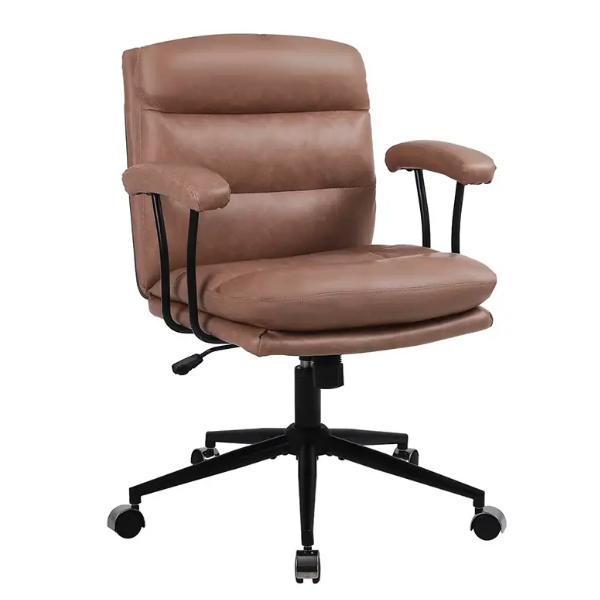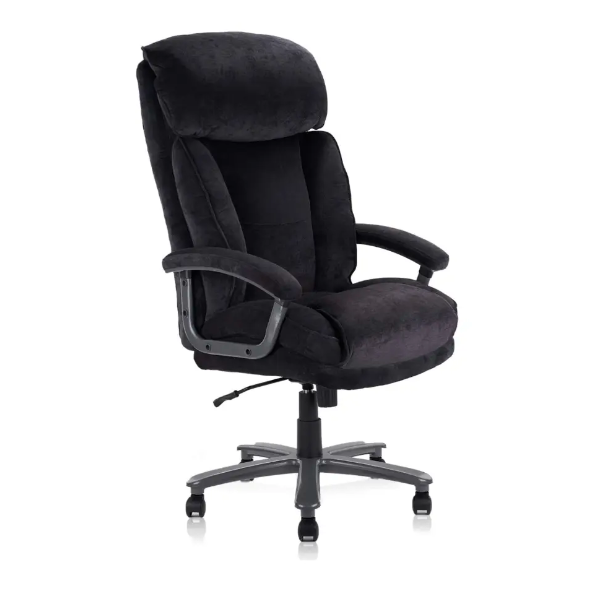Office chairs are a key element of our work environment, directly impacting our comfort, productivity and overall well-being. Office chairs have undergone a major transformation over the years, evolving from simple wooden structures to ergonomic wonders designed to support our bodies and increase office productivity. In this article, we’ll take a closer look at the evolution of office chairs, exploring their innovative features and the benefits they bring to the modern workplace.
Early days: basic comfort
In the early 19th century, standard office chairs consisted of simple wooden designs with minimal padding. While these chairs provide basic seating, they lack ergonomic features and fail to support correct posture. However, as the understanding of ergonomics began to flourish, manufacturers recognized the importance of designing chairs that met workers' comfort needs.
The rise of ergonomics: focus on posture and health
By the mid-20th century, ergonomic principles began to gain prominence, leading to the development of office chairs dedicated to improving posture and preventing health problems. Key features that emerged during this era included adjustable seat height, backrest, and armrests, allowing individuals to customize the seat to their unique physical requirements. The ergonomic chair also introduces lumbar support, ensuring proper alignment of the lower back and reducing the risk of back pain and long-term injury.
Contemporary innovation: tailor-made comfort and support
As technology advances, so does the development of office chairs, with a variety of contemporary innovations designed to maximize comfort and productivity in today's fast-paced workplace.
a. Adjustable features: Modern office chairs often come with a range of adjustable features, such as seat depth, tilt tension and headrest, allowing users to customize their seating experience. These adjustments help maintain healthy spinal alignment, reduce stress on the neck and shoulders, and improve overall comfort when sitting for long periods of time.
b. Lumbar support: Today’s ergonomic chairs offer enhanced lumbar support systems that adapt to the natural curve of the lower back. This feature promotes a neutral spine posture and reduces the risk of back pain, ensuring long-term comfort even during long working hours.
c. Breathable materials: Many office chairs now feature breathable fabric or mesh upholstery to promote air circulation,prevent sweat buildup and maximize comfort, especially in warmer climates or in offices without optimal temperature control .
d. Dynamic movement: Some advanced office chairs have dynamic mechanisms that allow users to move comfortably while seated. These mechanisms promote better blood circulation, engage core muscles, and reduce the negative effects of sedentary behavior, ultimately improving overall health and alertness.
Impact on productivity and well-being
It turns out that an ergonomic office chair is more than just a comfort amenity. Research shows that people who use ergonomic chairs experience increased productivity, reduced musculoskeletal discomfort, and improved mental concentration. By providing optimal support and comfort, these chairs enable employees to focus on their tasks and minimize distractions related to discomfort or pain. Additionally, ergonomic office chairs can provide long-term health benefits, including improved posture, reduced risk of repetitive strain injuries, and enhanced overall health. By prioritizing employee health and comfort, organizations can create a more positive work environment, leading to higher job satisfaction and retention.
in conclusion
The evolution of office chairs from basic wooden structures to complex ergonomic designs reflects our understanding of the importance of comfort and support in the workplace. These advancements not only revolutionize the way we work, but also contribute to employee well-being and productivity. As modern work demands continue to evolve, office chairs will continue to adapt, ensuring employees can perform at their best while experiencing maximum comfort and support in the office.
Post time: Sep-22-2023


